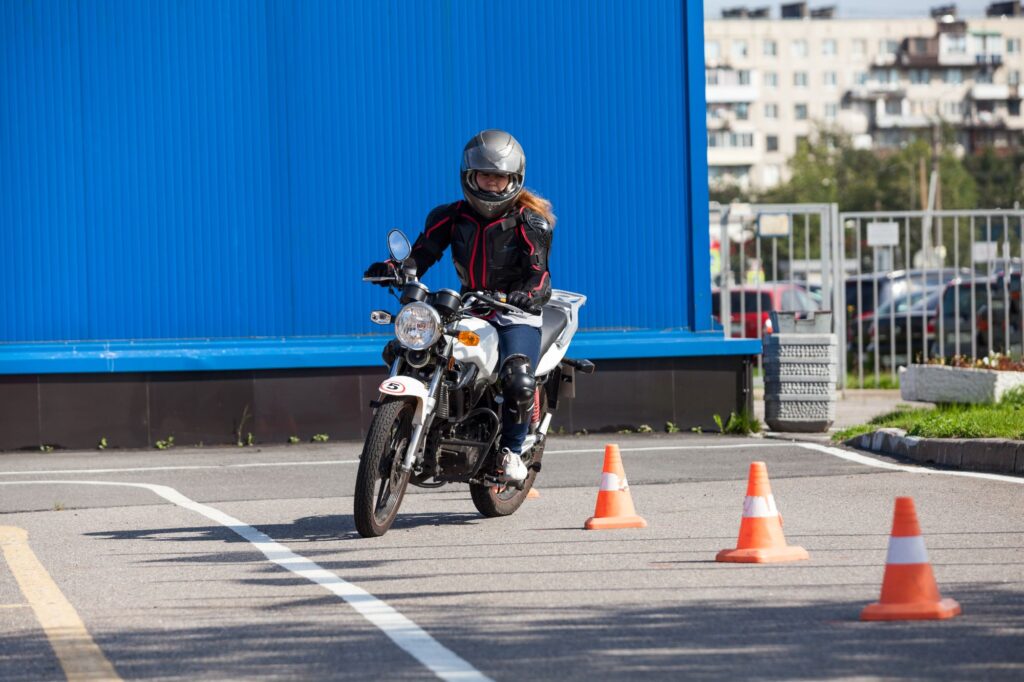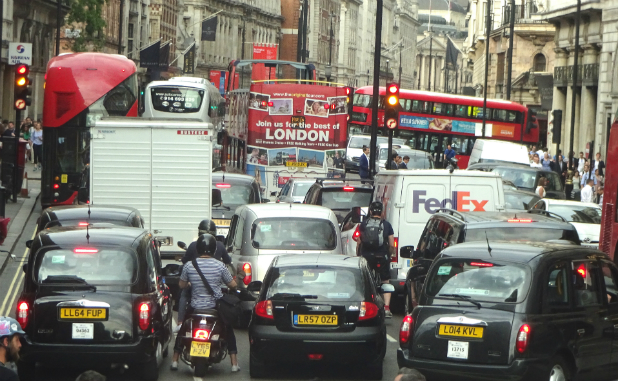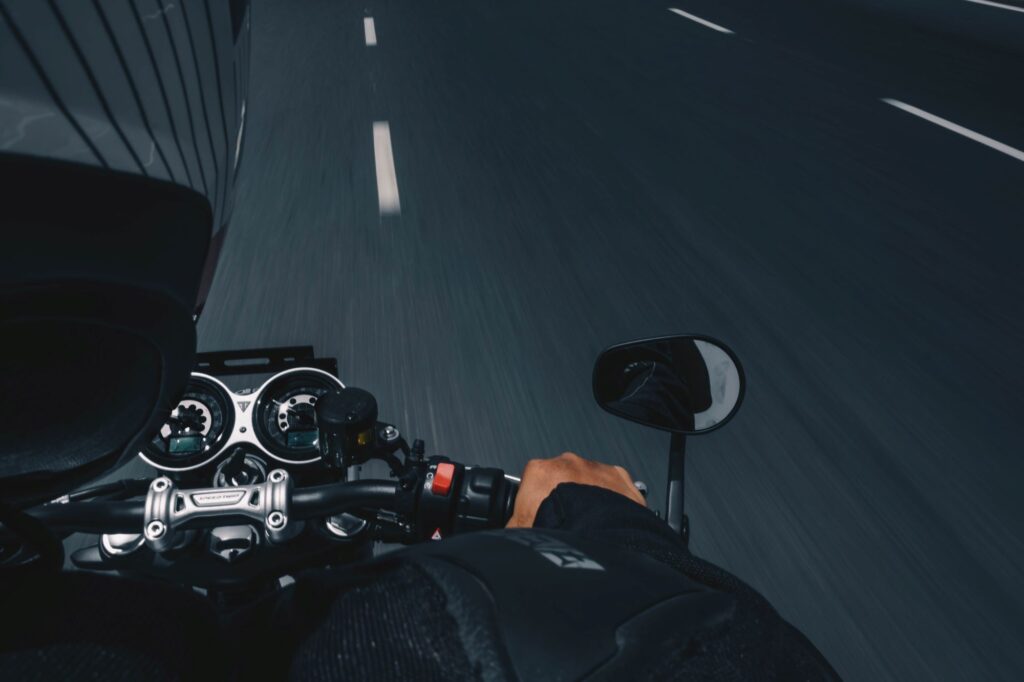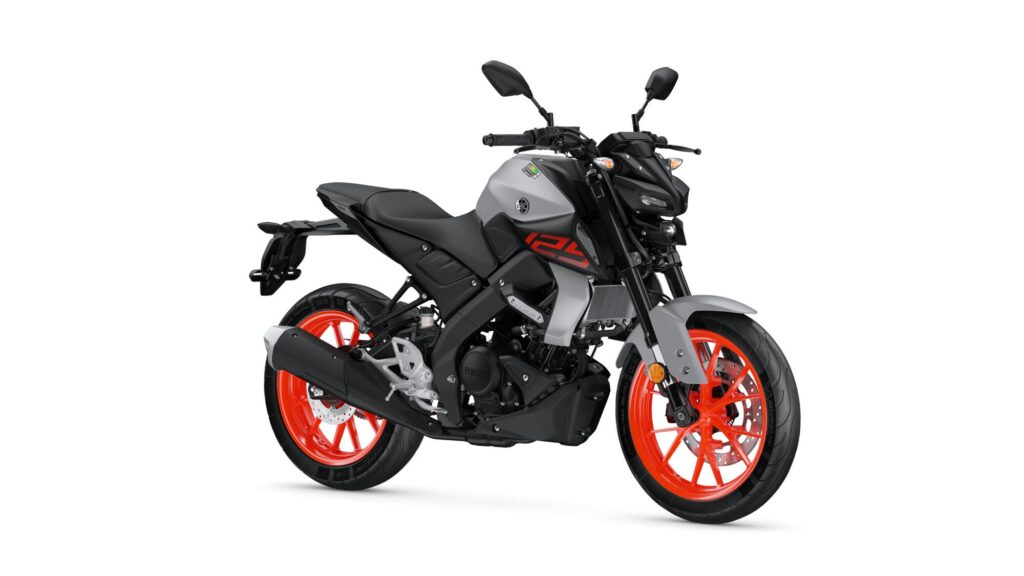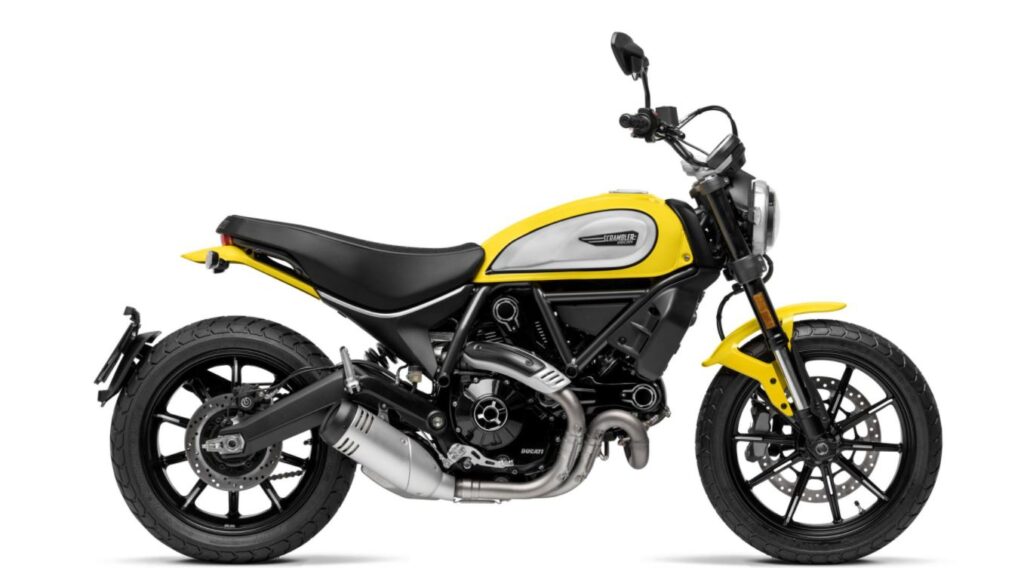You’re planning on touring, but how are you going to transport your luggage? Even if you are only planning to take the bare minimum, it still needs to be carried somehow, unless you have a big touring bike.
You’ve got the bike, but now it’s time to pack it, and pack it correctly, depending on how far you are travelling and how long you plan on touring.
It is important to choose a luggage container that fits your bike and more importantly your specific requirements. Assuming you’re not planning to use a trailer, in general there are two different types of luggage designed for motorbikes: soft and hard.
There are a lot of options when it comes to buying motorcycle luggage, so here is everything you need to consider before making that purchase:
- Soft luggage tends to be made of tough water-resistant materials and can be fixed to the bike in a variety of locations, usually with straps or magnets. Soft luggage offers a flexible, cheaper option.
- Hard luggage is typically constructed from hard plastics and tends to be permanently fixed to the bike. Hard luggage generally offers better weather protection, security and higher load carrying capabilities. It tends to be bike specific, so check its compatibility with your particular bike make and model, and it may be best to get it fitted by a recognised dealer.
- The most convenient form of luggage case among riders is without doubt the tank bag. Nothing beats it. They come with separate easy to access compartments for your GPS and map. Oxford QR tank bag (pictured below) is highly recommended and has an internal waterproof liner and can convert into a backpack.
- The Oxford QR tank bag
- Backpack: For travelling with a lighter load. One of the best around is the Kriega R20 backpack, includes an optional three litre hydration reservoir and a 20 litre capacity. Note, many drivers have complained that after a while the weight of a backpack has given them neck and back strain, while some riders believe them to be dangerous as you could land on your back in the event of a crash and seriously damage your spine.
- A tail bag is often the go-to choice for riders who want their luggage to give them minimal distraction. Being attached to the rear of the bike, hence its name, ensures that there is nothing between the rider and the controls, unlike the tank bag. The Held waterproof tail roll-bag (pictured below) comes in three different sizes depending on your needs ranging from 40 litres to 90 litres.
- Pannier: These come as either hard luggage, which are made from plastic or metal or soft luggage, fabric or leather, box containers. You can either have them permanently on your motorcycle, which means if you buy anything while in town, you don’t have to worry about how you’re going to get it home. Well, as long as it’s nothing too big. They can also be temporary if you choose so. The Oxford P60R lifetime panniers (pictured below) are able to adapt to any bike and can expand to 60 litres, with water resistant zips and easy-grab pullers.

- The Oxford P60R lifetime panniers
We’ve also put together a few tips to help the less experienced tourer on their journey:
- When you make a stop, check the fittings of your luggage. This is especially important with soft luggage as it will move around the bike and may work itself loose.
- In some cases adding luggage to your bike will increase its width so you have to be conscious of this when riding. Be careful not to exceed the width of your mirrors.
- Adding luggage will change the handling of your bike. For example, braking distances may increase, corner handling may change and deceleration characteristics may change.
- If you are new to carrying luggage, always go for a short fully-loaded test ride. This will acclimatise you to the changed characteristics of your loaded bike.
- When carrying heavier loads you may need to adjust suspension and/or tyre pressures. Your dealer or mechanic will be able to give you advice on this.
- When loading your luggage always balance your load and try to load heavier items closer to the bike’s centre of mass.
- If you have lockable luggage always carry a spare key.
- Never carry sharp or hard items in a backpack, as they may cause injury in the event of an accident.



